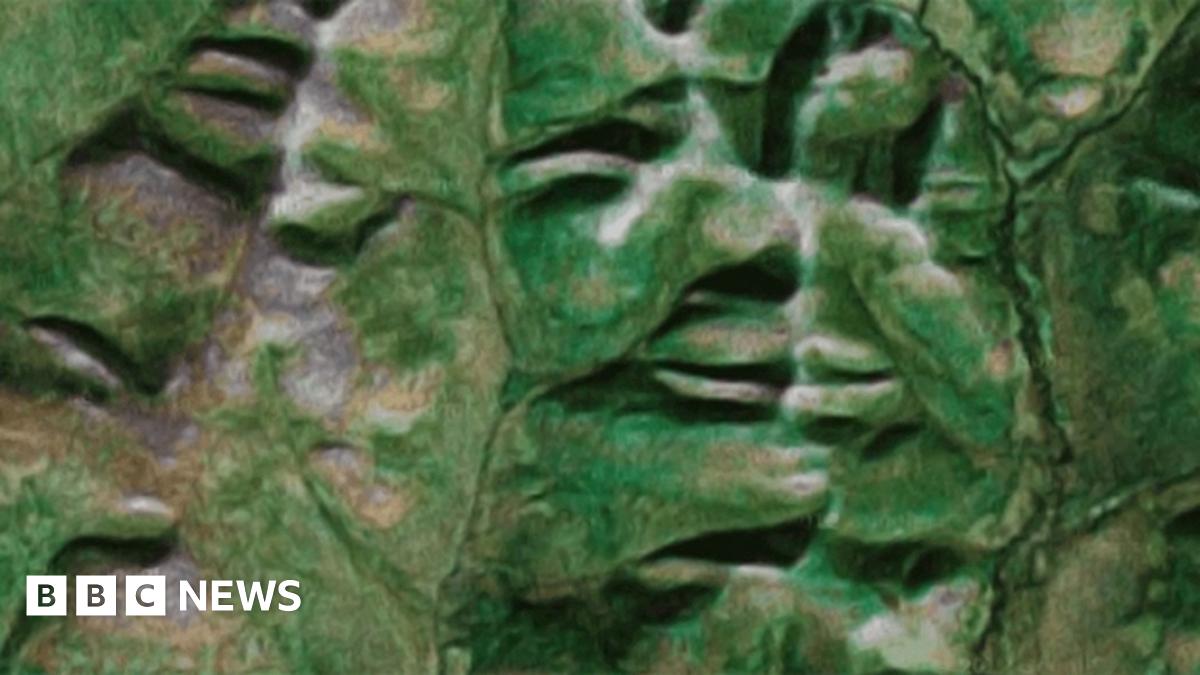Hello all! Many bows to you all and much love.
The last two times I have sat, I have experienced strange sensations during zazen. Colors streaming in my vision, strong vibrations in my body, and a light ringing in my ears mark the primary experience I had. Today, I even heard a female voice speak a word or two in my left ear of a language I don't know. It sounded almost Japanese but I'm not sure.
I sometimes hear that these experiences are common and are generally to be left alone as they are, but I wanted to ask everyone here what their experience of this has been and what you all may suggest I do, if anything.
Gassho,
Victor
The last two times I have sat, I have experienced strange sensations during zazen. Colors streaming in my vision, strong vibrations in my body, and a light ringing in my ears mark the primary experience I had. Today, I even heard a female voice speak a word or two in my left ear of a language I don't know. It sounded almost Japanese but I'm not sure.
I sometimes hear that these experiences are common and are generally to be left alone as they are, but I wanted to ask everyone here what their experience of this has been and what you all may suggest I do, if anything.
Gassho,
Victor



 )
)
Comment